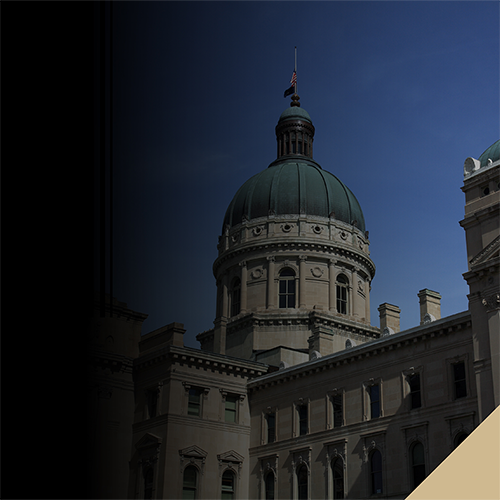Running on Empty

~by Michael Wilcox and Elisa Worland
For many, just reading the title of this article sets off the tune in your head. Well, assuming that you can find it in your brain, which has become a jumbled mess over the last year for many of us.
In the song, Jackson Browne sings:
“Gotta do what you can just to keep your love alive
Trying not to confuse it, with what you do to survive”
Over the past year, we have found ourselves concentrating a lot of time on the latter and not as much on the former. We would argue that this has led to the current national conversation about the silent pandemic of burnout.
The numerous challenges of the COVID-19 pandemic have affected many people’s mental health. Several have speculated that these challenges may have lasting effects. A myriad of these challenges has arisen in the workplace. Scores of individuals had to move to remote working, learning to use online platforms, carve out space in their homes for offices, and redefine the traditional 8-hour workday. For those folks who have not had a choice but to go to the workplace during the pandemic, their heightened stress and long hours have taken a toll. Also, the isolation of remote work has fostered imposter syndrome. And, the lack of control over so many things affecting our daily life has left us with growing uncertainty and an immense amount of stress. These factors, and many others, have led to burnout.
Burnout was recently defined by the World Health Organization’s ICD-11 as:
“Burnout is a syndrome conceptualized as resulting from chronic workplace stress that has not been successfully managed. It is characterized by three dimensions:
- feelings of energy depletion or exhaustion;
- increased mental distance from one’s job, or feelings of negativism or cynicism related to one’s job; and
- reduced professional efficacy.
Burnout refers specifically to phenomena in the occupational context and should not be applied to describe experiences in other areas of life.”
Christina Maslach, a researcher at UC Berkeley breaks this down further into 6 areas that can cause burnout– workload, autonomy, recognition/reward for work, sense of community, fairness, and derived value/meaning from work. An imbalance in one area does not necessarily cause burnout. An employee at a tech startup might be working 70-hour weeks, but have a high level of autonomy, feel very stimulated by colleagues, and believe that her or his work will truly move the needle. Yet, when there is an imbalance on multiple fronts, that is when burnout tends to set in. Before the pandemic, burnout was an issue for many. As time has gone on, we have seen the pandemic launch numerous others into burnout.
Lack of autonomy? Check. How many working mothers have felt that sense of panic when schools have gone online-only and worried how they will balance their work obligations and their children’s e-learning? How many folks could not choose to work from home and are at risk for possible infection? How many of us watched programs and events we planned canceled due to restrictions on gatherings?
Workload imbalance? Check. That wall between work and home life came tumbling down and many of us are still learning how to create some separation between the two.
Loss of community? Check. While Zoom has been a lifesaver, it still is not the same as connecting in person. It is exhausting for the brain to engage over virtual platforms and we miss those informal conversations before and after meetings that give us a sense of connection.
And those are just three of the areas.
You may see yourself in these examples. You may see your family, friends, and colleagues in these examples. What do you do to cope? Or better yet, what can you do to start recovering from burnout and shift toward re-engagement at work / in your community?
One thing to consider is the Purdue Extension’s offerings in Health, Leadership & Civic Engagement and Quality Places programs. These can address mental health issues, stress management, help you develop your leadership potential, or reignite your passion for your community.
Another is a new book by Paula Davis from the Stress & Resilience Institute called Beating Burnout at Work: Why Teams Hold the Secret to Well-Being and Resilience. As described in a Smart Brief article, Davis argues that people can think about getting PRIMED to deal with and become more resilient to burnout:
- Psychological safety and psychological needs
- Relationship and the importance of building a connection
- Impact: Why do you do what you do?
- Mental strength and mindset
- Energy: addressing sources of stress
- Design: how to create positive change
To us, this brings us back to Jackson Browne’s sentiment that you: “Gotta do what you can just to keep your love alive.” As hard as the past year has been, your family, your community and, yes, even your employer, needs you and the love you bring to everything that you do. Having trouble finding that love?
Now is the time to ask yourself, “Well, what CAN I do with what is available?”
Now is the time to make the brave decision to do something completely different!
Now is the time to let something go.
Now is the time to think about what matters most to you, rekindle your love and keep it (and yourself!) alive.
Acknowledgment: Many thanks to Tessa Garrow, Behavioral Health Specialist in HHS Extension, for her valuable insights as we developed this article!



